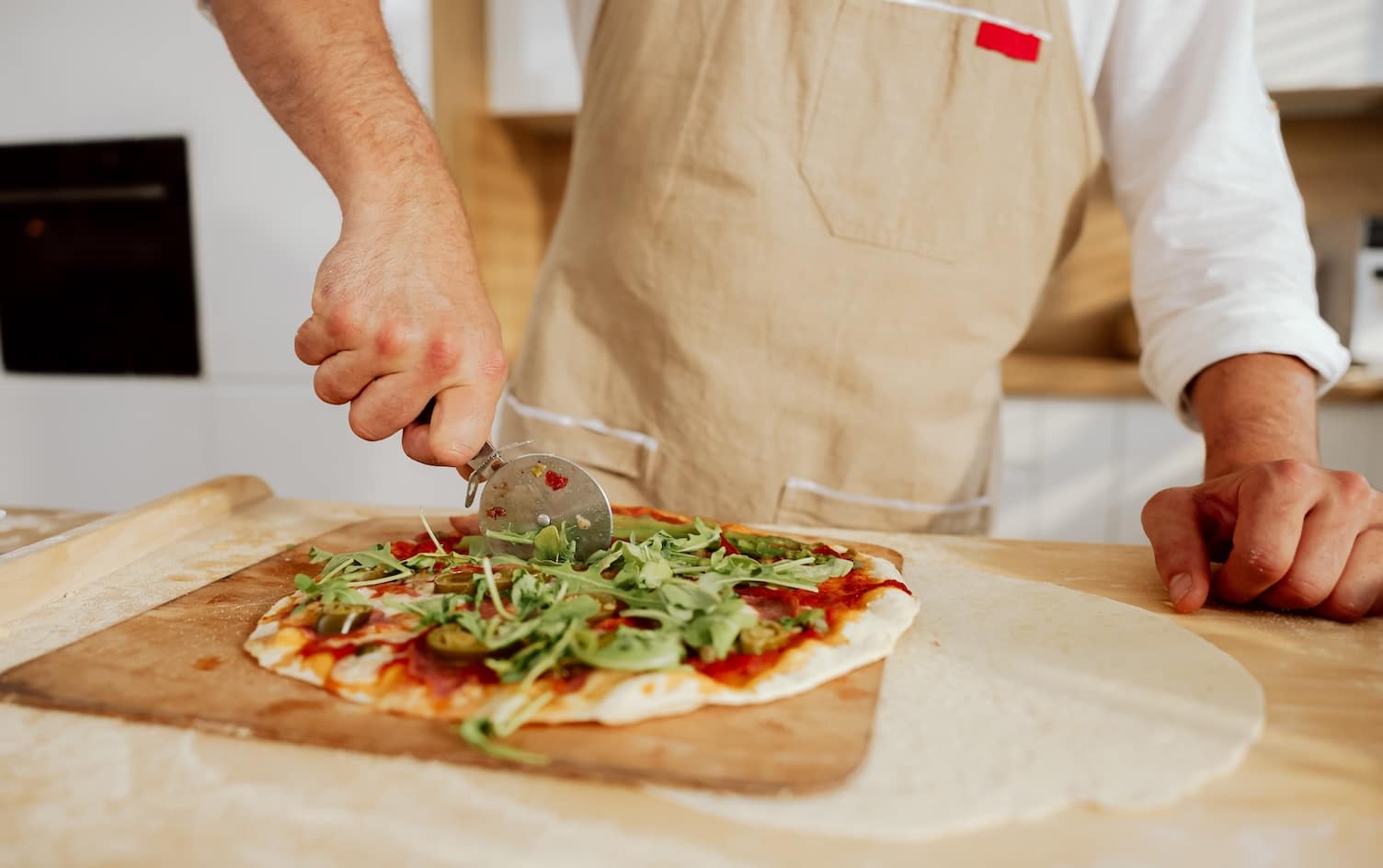Although comfort food is, by definition, comforting, diet culture has made mac and cheese, pizza, meatloaf, cupcakes and other foods we tend to associate with fond childhood memories “bad.”
“We put moral judgment on food based on nutrition — how much salt does it have? How much saturated fat?” says Rebecca Scritchfield, RDN, author of Body Kindness. That leads to thinking every single thing you put in your mouth should be “healthy” — as defined by some criteria on its label — and that you are doing a bad thing if you ever eat comfort food.
But comforting ourselves isn’t a bad thing.
“If we want to give comfort to a friend or child, that’s good thing. But the idea of comfort for ourselves is somehow bad because the association of what we find comforting is rich dishes,” Scritchfield says. “We spend most of our life putting our attention into our appearance as a sign of our health, as opposed to our well-being. But mental health is just as important as physical health, and when we look at what makes life good, that includes all types of food.”
This doesn’t give the green light to only eat comfort foods — the key is always balance. “Sure, grandma’s mac and cheese has four cheeses and white pasta, but we have to look at our overall eating patterns,” Scritchfield says. “Individual foods are not healthy or unhealthy; what matters is our patterns.”
People who have a healthy food relationship know comfort food can be a positive indulgence. “They trust their body and appetite and don’t shame themselves for making a conscious choice to soothe with food,” Scritchfield explains.
MINDFUL EATING CHECKLIST
The next time you feel the urge for comfort food, use this checklist from Scritchfield to consciously decide if it’s the right thing, right now.
1. Pause
Ask yourself what’s happening and acknowledge that you want that specific comfort food.
2. Accept It
It’s totally normal and OK to want comfort food. Plus, you like Chinese and you wouldn’t have to cook!
3. Choose
What choice is aligned with your values and will help you create a better life? You could have those fries now. You could make plans to meet your best friend for a meal this weekend and have fries then. Or maybe you don’t want to become someone who gets fries every time life gets tough, so you decide to make the dinner you planned and find other ways to comfort yourself, such as listening to your favorite podcast while taking a walk and then drawing a bubble bath later.
If it helps, take two minutes to do some deep breathing or listen to relaxing music to help you feel calmer and more grounded, which will help you make a rational choice, Scritchfield adds.
4. Do It
Follow through with your decision. Don’t overthink it. And simply return to your regular, healthier food choices.
ONE CAVEAT
If the comfort food you are craving is what Scritchfield calls your “screw it” food — that is, you’d binge to numb your emotions — take an extra pause before step 4. This often happens when you are restricting, and it can make it harder to consciously decide if comfort food is best right now.
When you have an all-or-nothing mindset, when you feel down, you may want to get rid of that pain so much that you order a dozen cupcakes and eat them all without noticing the flavors and textures or your fullness cues — and then inflict self-shame afterward. If you struggle with restrictive eating, hold off for now on using the above checklist when you crave comfort foods and check out these five reasons to eat all foods in moderation.
READ MORE > HOW MINDFUL EATING TECHNIQUES CAN AMP UP YOUR WEIGHT LOSS
DITCH THE GUILT
If you make the conscious decision to have mac and cheese, have fun cooking it according to your favorite recipe and then enjoy every bite, knowing it was exactly what you needed, chances are you’ll feel great afterward.
But if guilt creeps in, Scritchfield suggests journaling. Reflect on what happened, how you feel and why you feel that way. You’ll probably find that it’s because of diet culture. “Even if it was a heavy meal, that’s a temporary sensation. Let it rest and digest,” Scritchfield says. “Your body will make use of that food.” And you gave yourself what you needed — feel good for taking care of yourself.




